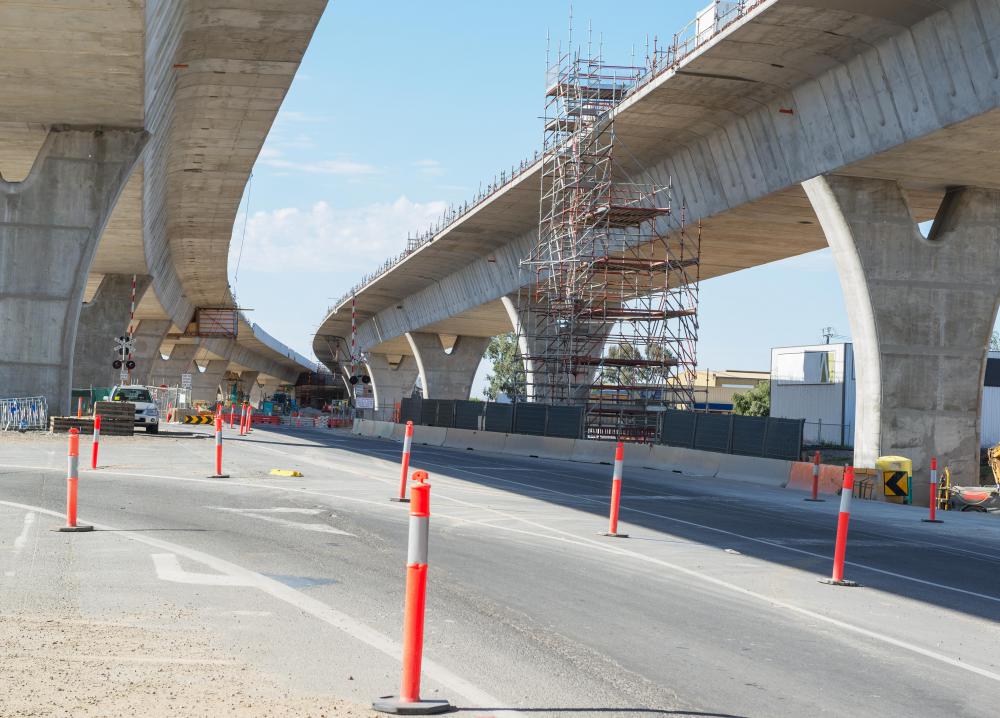At PracticalAdultInsights, we're committed to delivering accurate, trustworthy information. Our expert-authored content is rigorously fact-checked and sourced from credible authorities. Discover how we uphold the highest standards in providing you with reliable knowledge.
What does a Regional Planner do?
The work of a regional planner often involves designing, researching, evaluating and implementing various types of long-term and short-term infrastructure and land-use plans in a specific geographic area. This work can involve deciding where new roads are built, how many new schools are needed in a community, and recommending environmental policies to be enforced for regional development. A regional planner gathers and analyzes geographic information, combining it with other information such as population density, zoning regulations, and how land is currently being used. This collated information is then used to come up with ways of how to handle and manage current population demands, future growth, or how to revitalize an area that is not experiencing growth. Often, a regional planner works for local governments, but one can also work for the private sector.
The work of a regional planner can involve many different parts of the planning process. Some regional planners gather and analyze information, often using physical maps as well as geographic information systems (GIS). Regional planners can also work on using such gathered information to develop various types of plans for development. In other instances, a regional planner examines and evaluates development proposals in a community. Often, regional planning involves making projections for changes in population density and population movement, and then providing the infrastructure and facilities for that future population.

The size and type of geographical area a regional planner works in can vary. A regional planner is often called a city planner or urban planner if his or her work mainly involves urban planning and urban design. City and town planning can involve facilities and infrastructure such as hospitals, public housing, and recreational facilities. Regional planning can also involve non-urban areas. This work can focus on revitalizing rural areas, protecting certain areas for environmental reasons, and suggesting what land should be zoned for different types of agricultural, commercial, and industrial use. A regional planner can also be involved in the development of roads, bridges, and other transportation needs in both urban and rural areas.

One popular theory of urban planning and urban design is called smart growth. Smart growth focuses on avoiding suburban sprawl and the use of private vehicles, instead designing and developing more compact urban areas where inhabitants can walk, bike, or use public transit to get to school, work, shops, and recreation. Some regional planners and local politicians advocate smart growth as a way of avoiding or reducing traffic congestion, environmental problems, and urban decay.
AS FEATURED ON:
AS FEATURED ON:












Discuss this Article
Post your comments